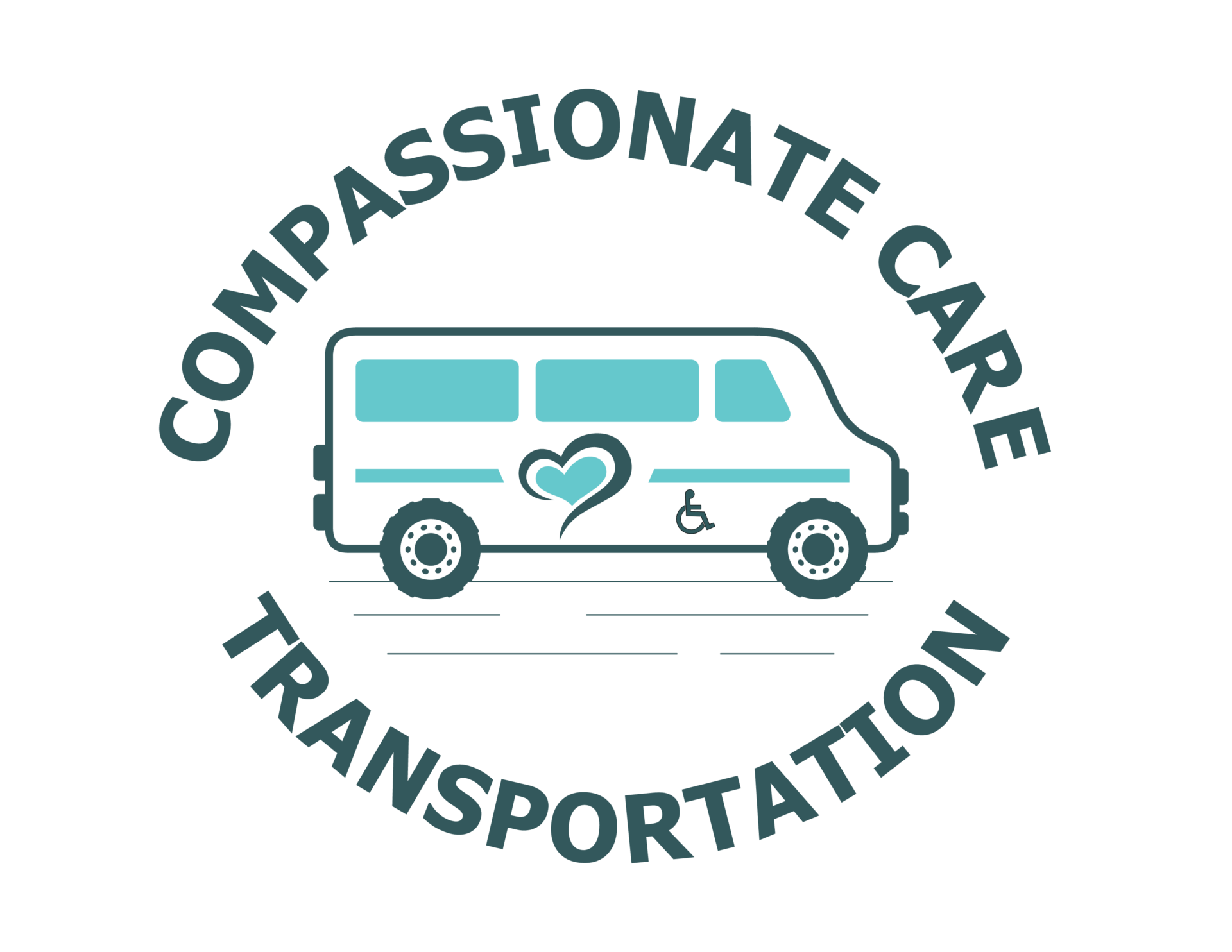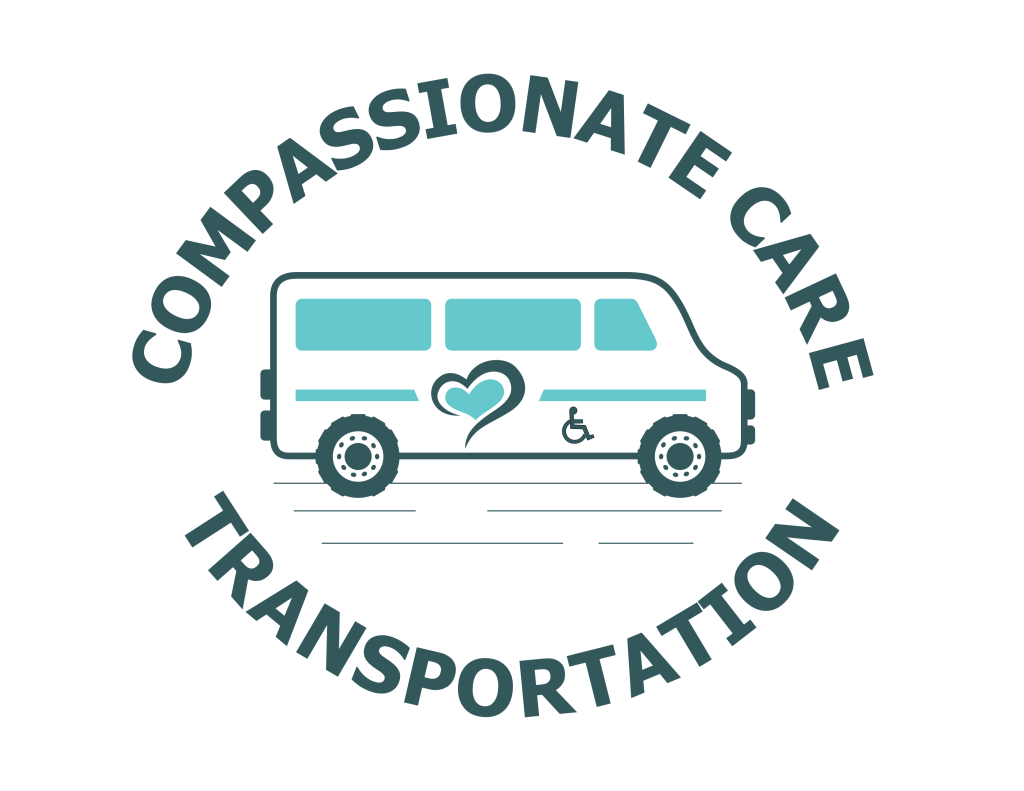Accessible transportation refers to transportation systems and services that are designed to accommodate the needs of people with disabilities. It ensures that individuals with disabilities have equal access to transportation options, allowing them to travel safely and independently. Accessible transportation is crucial for people with disabilities as it enables them to participate fully in society, access education and employment opportunities, and engage in social activities.
Understanding the Challenges Faced by People with Disabilities in Transportation
People with disabilities face various challenges when it comes to transportation. These challenges can be categorized into physical barriers, attitudinal barriers, and communication barriers.
Physical barriers include obstacles such as stairs, narrow doorways, and lack of ramps or elevators. These barriers make it difficult for individuals with mobility impairments to access public transportation or navigate through transportation facilities.
Attitudinal barriers refer to negative attitudes and stereotypes towards people with disabilities. These attitudes can lead to discrimination and exclusion, making it harder for individuals with disabilities to access transportation services or receive assistance when needed.
Communication barriers arise when transportation providers do not provide accessible information or communication methods for individuals with hearing or speech impairments. Lack of visual announcements or sign language interpreters can make it challenging for people with disabilities to understand important information about routes, schedules, or changes in services.
The Importance of Accessible Transportation in Promoting Inclusion and Equality
Accessible transportation plays a vital role in promoting inclusion and equality for people with disabilities. It enables individuals to access education and employment opportunities, participate in social activities, and maintain independence and autonomy.
Access to education and employment is crucial for individuals with disabilities to lead fulfilling lives. Accessible transportation allows them to travel to schools, colleges, or workplaces without relying on others for assistance. It opens up opportunities for education and career advancement, ensuring that people with disabilities have equal access to these essential aspects of life.
Social inclusion is another significant benefit of accessible transportation. It allows individuals with disabilities to participate in social activities, such as visiting friends and family, attending community events, or engaging in recreational activities. Accessible transportation ensures that people with disabilities can be active members of their communities, reducing isolation and promoting social connections.
Independence and autonomy are essential for individuals with disabilities to lead self-determined lives. Accessible transportation provides them with the freedom to travel when and where they want, without relying on others for assistance. It empowers individuals with disabilities to make choices and decisions about their lives, enhancing their overall quality of life.
Types of Accessible Transportation Available for People with Disabilities
| Transportation Type | Description | Accessibility Features |
|---|---|---|
| Accessible Taxis | Taxis equipped with features to accommodate passengers with disabilities | Ramps, lifts, and securement systems for wheelchairs |
| Accessible Buses | Buses designed to accommodate passengers with disabilities | Ramps, lifts, and securement systems for wheelchairs, priority seating, and audio and visual announcements |
| Accessible Trains | Trains designed to accommodate passengers with disabilities | Ramps, lifts, and securement systems for wheelchairs, priority seating, and audio and visual announcements |
| Accessible Vans | Vans equipped with features to accommodate passengers with disabilities | Ramps, lifts, and securement systems for wheelchairs |
| Accessible Ride-Sharing Services | Ride-sharing services that offer accessible vehicles and trained drivers | Ramps, lifts, and securement systems for wheelchairs, and trained drivers to assist passengers with disabilities |
There are various types of accessible transportation available for people with disabilities, including public transportation, paratransit services, accessible taxis and ride-sharing services, and personal vehicles.
Public transportation systems, such as buses, trains, and subways, are required to provide accessible features to accommodate individuals with disabilities. These features may include ramps or lifts for boarding, designated seating areas for people with mobility impairments, and audio and visual announcements for individuals with hearing or vision impairments.
Paratransit services are specialized transportation services designed specifically for individuals with disabilities who are unable to use fixed-route public transportation. These services provide door-to-door transportation for eligible individuals, ensuring that they can access essential destinations such as medical appointments or grocery stores.
Accessible taxis and ride-sharing services have become increasingly available in many cities. These services provide wheelchair-accessible vehicles and trained drivers who can assist individuals with disabilities in getting in and out of the vehicle safely.
Personal vehicles can also be modified to accommodate the needs of individuals with disabilities. Adaptations such as wheelchair lifts or hand controls can be installed to enable individuals with mobility impairments to drive or travel as passengers in their vehicles.
Features of Accessible Transportation that Make it Easy for People with Disabilities to Move Around
Accessible transportation incorporates various features that make it easier for people with disabilities to move around. These features include ramps and lifts, wheelchair securement systems, audio and visual announcements, and low-floor vehicles.
Ramps and lifts are essential for individuals with mobility impairments to board and exit vehicles. They eliminate the need for stairs and allow individuals using wheelchairs or other mobility devices to access transportation independently.
Wheelchair securement systems ensure that individuals using wheelchairs can travel safely in vehicles. These systems include wheelchair tie-downs and occupant restraints that keep the wheelchair and its occupant secure during transit.
Audio and visual announcements are crucial for individuals with hearing or vision impairments to receive important information about routes, stops, or changes in services. These announcements ensure that individuals with disabilities can navigate public transportation systems effectively.
Low-floor vehicles are designed with a lower floor height, making it easier for individuals with mobility impairments to board and exit vehicles. These vehicles eliminate the need for ramps or lifts, providing a more seamless and accessible travel experience.
The Role of Technology in Making Transportation More Accessible for People with Disabilities

Technology plays a significant role in making transportation more accessible for people with disabilities. Various technological advancements have been developed to assist individuals with disabilities in planning trips, navigating through transportation systems, and accessing real-time information.
Mobile apps have been developed specifically for trip planning and accessing real-time information about public transportation services. These apps provide individuals with disabilities with information about routes, schedules, and any service disruptions or delays. They also offer features such as step-by-step navigation instructions or alerts for upcoming stops.
Assistive technology devices have also been developed to aid individuals with disabilities in communication and navigation. For example, communication devices equipped with text-to-speech capabilities can assist individuals with speech impairments in communicating their needs to transportation providers or fellow passengers. Navigation devices equipped with GPS technology can help individuals with visual impairments navigate through transportation facilities or unfamiliar areas.
Autonomous vehicles have the potential to revolutionize accessible transportation for people with disabilities. These vehicles can be designed to accommodate the specific needs of individuals with disabilities, such as providing wheelchair-accessible entry and exit points or incorporating assistive technology for communication and navigation. Autonomous vehicles have the potential to provide safe and independent transportation options for individuals with disabilities, reducing reliance on others for assistance.
Legal Requirements for Accessible Transportation for People with Disabilities
Several laws and regulations exist to ensure that transportation services are accessible to people with disabilities. In the United States, the Americans with Disabilities Act (ADA) is a comprehensive law that prohibits discrimination against individuals with disabilities in various areas, including transportation. The ADA requires public transportation systems to provide accessible features and services, such as ramps or lifts, designated seating areas, and audio and visual announcements.
The Rehabilitation Act also prohibits discrimination against individuals with disabilities in programs or activities receiving federal funding. This includes transportation services provided by federal agencies or entities that receive federal funding.
The Air Carrier Access Act ensures that individuals with disabilities have equal access to air travel. It requires airlines to provide accommodations and assistance to individuals with disabilities, such as wheelchair assistance or accessible seating.
Challenges Faced by Transportation Service Providers in Making Transportation Accessible
Transportation service providers face various challenges in making transportation accessible for people with disabilities. These challenges include cost and funding, infrastructure and equipment, and training and education.
Cost and funding are significant barriers to implementing accessible transportation services. Retrofitting existing infrastructure or purchasing specialized vehicles and equipment can be costly for transportation providers. Limited funding or budget constraints may make it challenging for providers to invest in accessibility improvements.
Infrastructure and equipment pose challenges as well. Older transportation facilities may not be designed to accommodate the needs of individuals with disabilities, requiring extensive modifications or renovations. Additionally, acquiring accessible vehicles or retrofitting existing vehicles can be a logistical challenge for transportation providers.
Training and education are crucial for transportation service providers to ensure that their staff is knowledgeable and equipped to assist individuals with disabilities. However, providing comprehensive training programs can be time-consuming and costly for providers. Ensuring that all staff members receive appropriate training and education on disability awareness and assistance techniques can be a significant challenge.
Ways to Improve Accessible Transportation for People with Disabilities
There are several ways to improve accessible transportation for people with disabilities. These include collaboration between transportation service providers and disability organizations, increased funding for accessible transportation, and education and training for transportation service providers.
Collaboration between transportation service providers and disability organizations is essential to ensure that the needs of individuals with disabilities are considered in the planning and implementation of accessible transportation services. By working together, providers can gain valuable insights and perspectives from disability organizations, leading to more effective and inclusive transportation solutions.
Increased funding for accessible transportation is crucial to overcome the financial barriers faced by transportation service providers. Governments and policymakers should allocate sufficient funds to support the implementation of accessible features and services in transportation systems. Increased funding can also help cover the costs of training programs for transportation staff, ensuring that they are equipped with the necessary knowledge and skills to assist individuals with disabilities.
Education and training for transportation service providers are essential to promote disability awareness and improve customer service for individuals with disabilities. Training programs should cover topics such as disability etiquette, communication techniques, and assistance strategies. By investing in education and training, transportation providers can create a more inclusive and welcoming environment for individuals with disabilities.
The Need for Continued Efforts to Make Transportation More Accessible for People with Disabilities
Accessible transportation is crucial for people with disabilities to lead independent, fulfilling lives. It promotes inclusion, equality, and social participation. While progress has been made in improving accessibility in transportation, there is still work to be done.
Transportation service providers, governments, policymakers, disability organizations, and the general public must continue to prioritize and advocate for accessible transportation. Efforts should be made to address the challenges faced by transportation providers, such as cost and funding, infrastructure and equipment, and training and education. Collaboration, increased funding, and education and training are key to improving accessibility in transportation and ensuring that individuals with disabilities have equal access to transportation options. By working together, we can create a more inclusive and accessible transportation system for all.
If you’re interested in learning more about high-quality wheelchair transportation, Compassionate Care Transportation has an informative article that provides insights into what it looks like. This article discusses the essential features and considerations for providing transportation services for people with disabilities. To find out more, check out their article on what high-quality wheelchair transportation looks like. Additionally, Compassionate Care Transportation also offers transportation services for the elderly. If you’re looking for reliable transportation services for your loved ones, you can find more information on their website at https://compassionatecaretransportation.com/transportation-services-for-elderly-near-me/. For seniors who love to travel, Compassionate Care Transportation also provides helpful travel tips specifically tailored to their needs. To discover these valuable tips, visit their article on travel tips for seniors.

